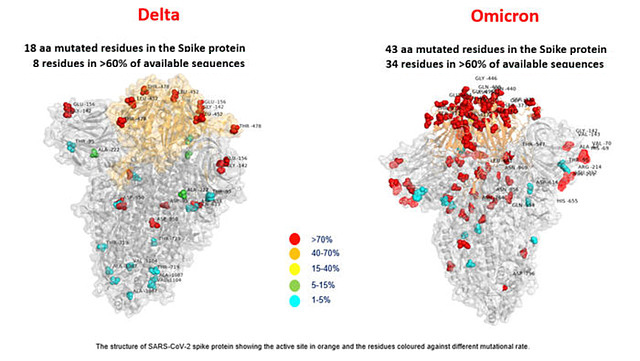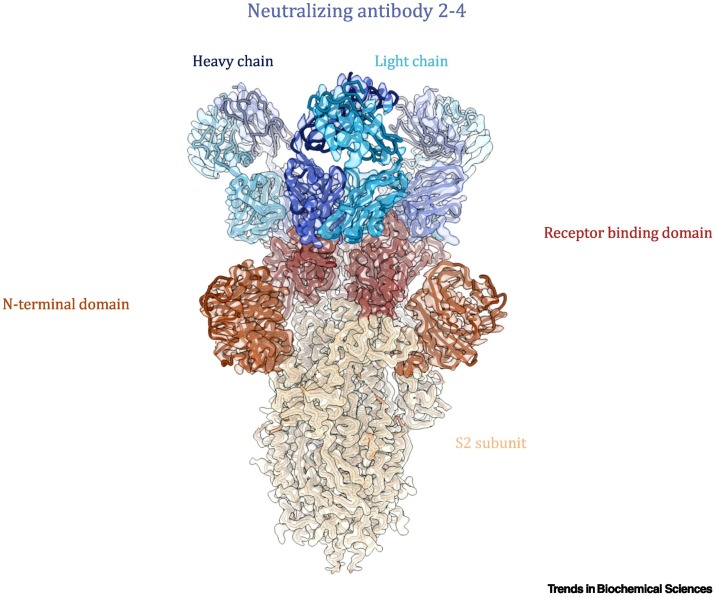Ophthalmology is dominated by imaging. Volumetric, three dimensional (3D) ophthalmic imaging using optical coherence tomography (OCT) has revolutionized assessment of the eye and artificial intelligence (AI) improved clinical decision-making.
Current commercial OCT instruments, especially spectral domain (SD) OCT, are widely used in diagnosis and management of patients with retinal diseases.
Yet, standard 2D cross-sectional images of the retina, that remain the most commonly used OCT images and can be even taken by patients themselves, using smartphone apps, can also provide valuable information utilizing AI models.
Fundus photography - serial photographs of the interior of the eye (opposite the lens)
taken through the pupil by low-power microscope can help to examine optic disc, retina, and lens. With the drastic improvement in smartphone optics,
smartphone fundoscopy has been used with increasing frequency since 2010. Machine learning, particularly deep learning, could analyze millions of such images, to identify and quantify pathological features in almost every ophthalmic disease. Even more, it can detect other health conditions such as hypertension, stroke risk, heart disease, and diabetes.
Using deep learning models, systolic blood pressure could be detected as hypertensive with 60% accuracy (Dai t al., 2020) or within 11 mmHg, major cardiac adverse events with accuracy 70% (Poplin et al., 2018) and glaucoma predicted with 96% accuracy (Gheisari et al, 2021).
The
ImageNet dataset - a very large collection of human annotated photographs (over 14 mln) - is a good starting point for obtaining a model that performs well in recognizing retinal images. A well-known class of deep neural networks - such as a successful CNN trained on ImageNet can be applied to a retinal dataset, and another classifier learns to work with CNN-encoded features - the method known as transfer learning. Deep learning can be also combined with traditional machine learning methods and fine-tuning approaches. However, many retinal health variables, such as intraocular pressure, cannot be yet adequately predicted from clinical parameters or retinal photographs even using state-of-art molecular learning or deep learning techniques (Ishii et al., 2021).
Only one out of three AI-based algorithms designed to detect diabetic retinopathy was able to outperform human screeners. Possibly, we just need more data. But we might be also needing new models.
Three principal applications of AI for image analysis are classification, segmentation and prediction. Automated image segmentation and classification can be done without AI methods, just by applying a set of mathematical functions on the content of an image and classic ML approaches like SVM or random forest. Deep learning approaches could enhance these tasks. One of newer deep learning techniques, generative adversarial network (GAN), can greatly improve resolution of images (super resolution (SR) estimation from a low-resolution counterpart) and image segmentation. GANs can be also used to synthesize images with various eye pathologies, increasing accuracy of classification tasks.
Thanks to the advances in AI and smart portable or home devices, the future of medicine, including teleophthalmology, is truly exciting.
REFERENCES
Schmidt-Erfurth U, Sadeghipour A, Gerendas BS, Waldstein SM, Bogunović H. Artificial intelligence in retina. Progress in retinal and eye research. 2018 Nov 1;67:1-29.
Gheisari S, Shariflou S, Phu J, Kennedy PJ, Agar A, Kalloniatis M, Golzan SM. A combined convolutional and recurrent neural network for enhanced glaucoma detection. Scientific reports. 2021 Jan 21;11(1):1-1.
Poplin R, Varadarajan AV, Blumer K, Liu Y, McConnell MV, Corrado GS, Peng L, Webster DR. Prediction of cardiovascular risk factors from retinal fundus photographs via deep learning. Nature Biomedical Engineering. 2018 Mar;2(3):158-64.
Dai G, He W, Xu L, Pazo EE, Lin T, Liu S, Zhang C. Exploring the effect of hypertension on retinal microvasculature using deep learning on East Asian population. PloS one. 2020 Mar 5;15(3):e0230111.
Ishii K, Asaoka R, Omoto T, Mitaki S, Fujino Y, Murata H, Onoda K, Nagai A, Yamaguchi S, Obana A, Tanito M. Predicting intraocular pressure using systemic variables or fundus photography with deep learning in a health examination cohort. Scientific Reports. 2021 Feb 11;11(1):1-0.











